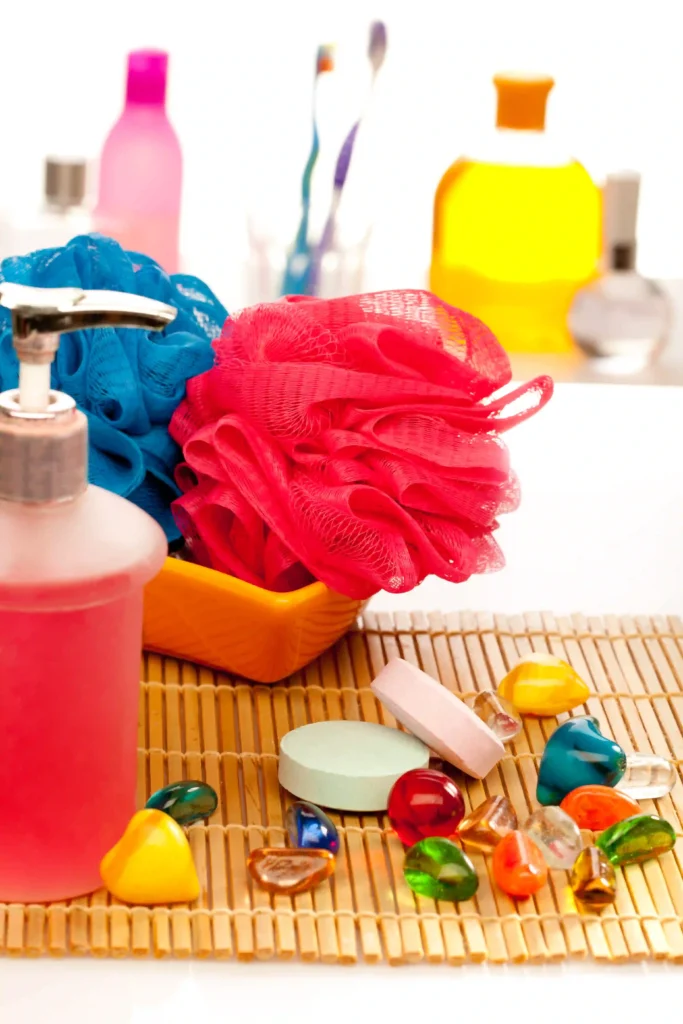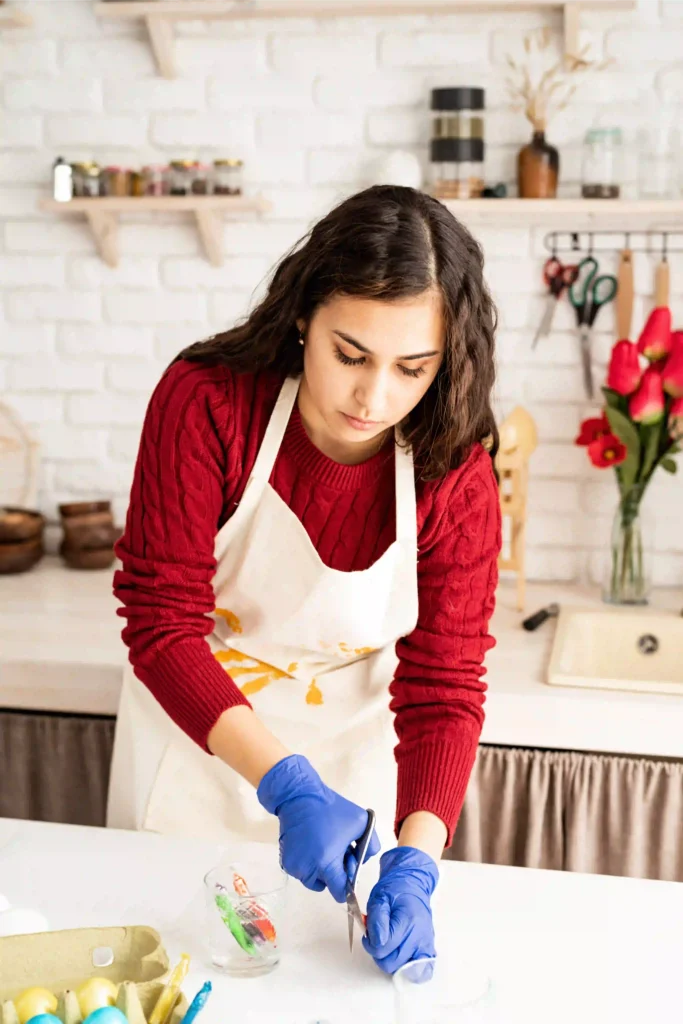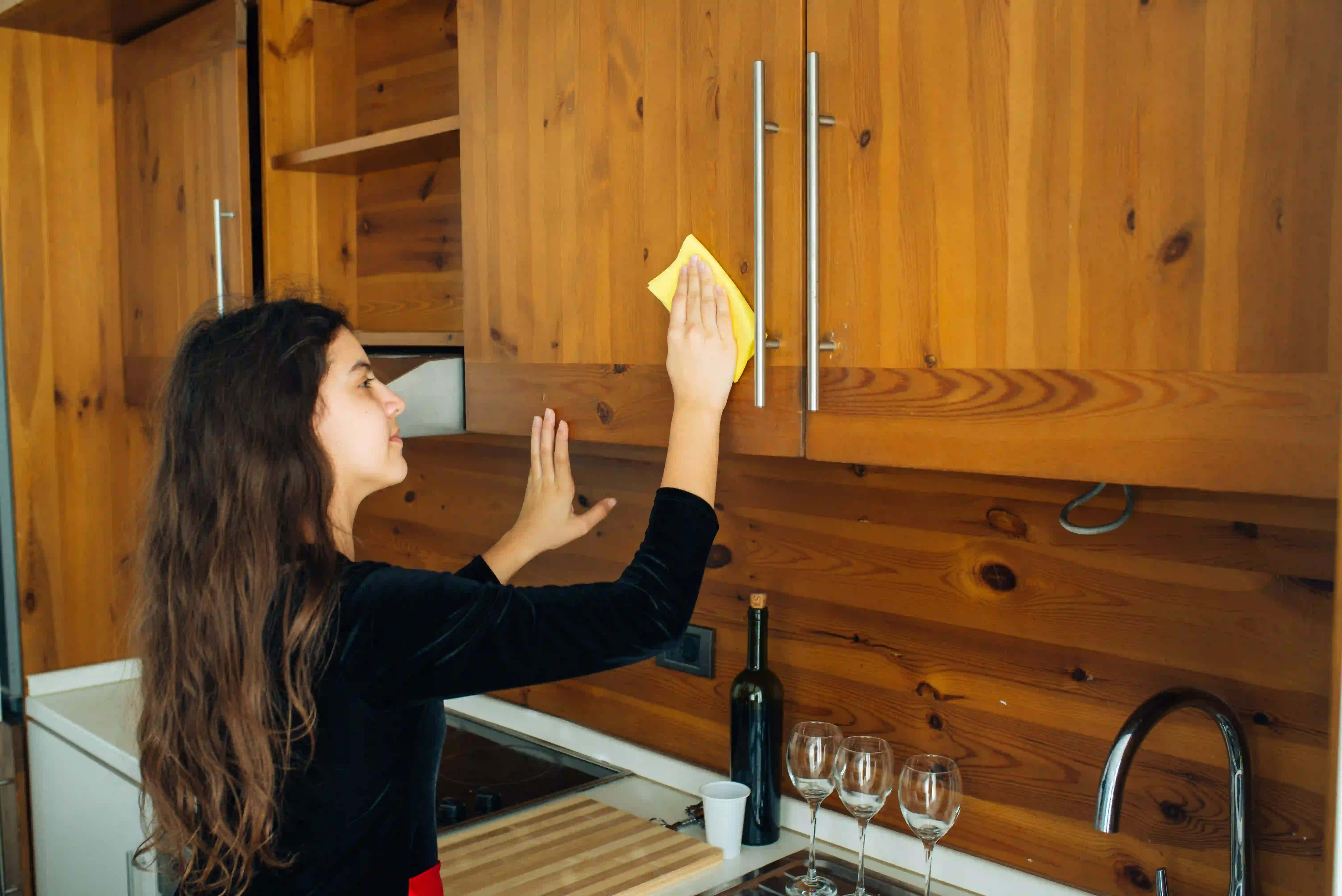Introduction
How to wash kitchen cabinets without damaging the finish?
If your cabinets are greasy, sticky, or dusty, it can feel impossible to get them sparkling clean. However, the right techniques make it easy, fast, and safe for any type of cabinet—whether wood, laminate, or painted.
In this guide, we’ll show you step-by-step methods to remove dirt, grime, and grease while protecting surfaces.
You’ll learn practical cleaning tips, eco-friendly solutions, and regular maintenance habits that help keep your cabinets looking their best for longer.
Table of Contents
1. Why Cleaning Your Kitchen Cabinets Matters
Ever wondered why your cabinets look dull despite regular wiping? Dirty cabinets can harbor grease, dust, bacteria, and allergens, affecting kitchen hygiene.
Learning how to wash kitchen cabinets correctly ensures longer-lasting finishes, prevents discoloration, and keeps your kitchen sparkling.
Proper maintenance also protects wood, laminate, and painted surfaces from damage and warping over time.
2. How to Wash Kitchen Cabinets: Tools You’ll Need
Before you start, gather essentials:
- Microfiber cloths
- Non-abrasive sponges
- Soft brushes
- Mild dish soap
- White vinegar or baking soda
- Optional: essential oils for a fresh scent
Using the right cabinet cleaning supplies prevents scratches and helps tackle tough grease while being safe for children and pets. Avoid harsh chemicals like bleach or ammonia, as they can fade finishes.

3. Step-by-Step Guide on How to Wash Kitchen Cabinets
Follow these steps for the best results:
- Dust surfaces first – Remove loose dirt and cobwebs with a microfiber cloth.
- Prepare a cleaning solution – Mix warm water with mild dish soap, vinegar, or baking soda.
- Scrub gently – Focus on greasy spots, edges, and high-touch areas. Use a soft sponge or brush.
- Rinse and dry – Wipe with clean water, then dry immediately to prevent water damage.
For stubborn stains, try natural cleaners like lemon juice, hydrogen peroxide, or a Magic Eraser.
4. Tips for Cleaning Different Cabinet Materials
- Wood cabinets: Use wood-safe cleaners; never soak the surface.
- Laminate cabinets: Mild detergents are safe; scrubbing pads can tackle tough stains.
- Test the cleaning solution on a small area to avoid discoloration.
5. Preventing Damage While Cleaning
Avoid harsh chemicals and abrasive tools. Always use soft cloths and wipe gently. Prevent water from pooling on surfaces to avoid warping.
Regular maintenance protects cabinet hardware, preserves finishes, and prevents scratches from occurring.
6. Eco-Friendly & Safe Cleaning Methods
Try natural cabinet cleaners, such as vinegar, baking soda, or essential oils. These are chemical-free, hypoallergenic, and safe for kids and pets.
Eco-friendly practices maintain hygiene without harming the environment, keeping your kitchen green and healthy.

7. Regular Maintenance for Sparkling Cabinets
- Wipe down cabinets after cooking to remove grease.
- Dust weekly with microfiber cloths
- Clean handles and edges often
- Use natural solutions for deep cleaning on a monthly basis.
- Keep hardware polished and protected.
8. FAQs
Q1: How often should I wash kitchen cabinets?
A: Wipe surfaces weekly and deep clean monthly to maintain shine and hygiene.
Q2: Can I use vinegar on all cabinet types?
A: Mostly yes, but test-paint or delicate wood first to prevent damage.
Q3: How do I remove sticky grease from cabinets?
A: Use warm water with dish soap or a vinegar solution; scrub gently with a soft cloth.
Q4: What is the safest way to clean cabinets for kids and pets?
A: Use eco-friendly, non-toxic cleaners like baking soda, vinegar, or essential oils.



